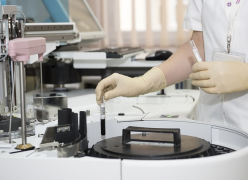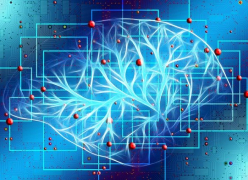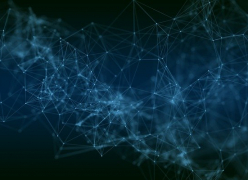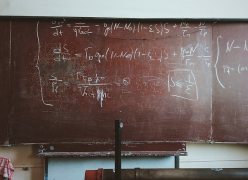In October 2019, the University of Tsukuba launched the “Data Science” as a common subject for information education. The purpose of the “Data Science” class is to understand the basic concepts of data science and to learn basic data analysis techniques using computers. Through data collection, data management, data visualization, and data analysis, we aim to acquire practical methods for understanding and utilizing data, touch on examples of advanced data science, and gain an understanding of the specific use of data in society. This site provides video lectures that you can use to learn about the collection, management, and utilization of data in each academic field.
※(Note)The instructor’s affiliation information is from the time of release and may not be up to date.


























